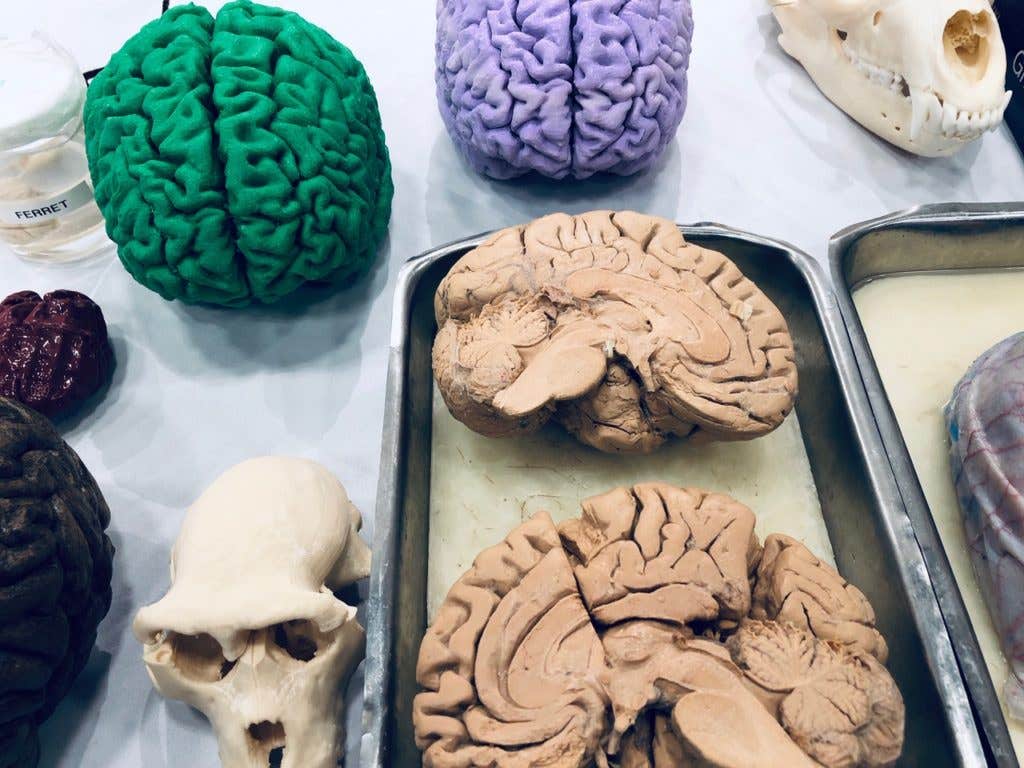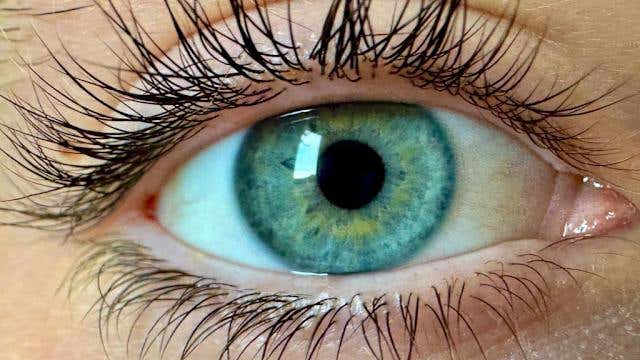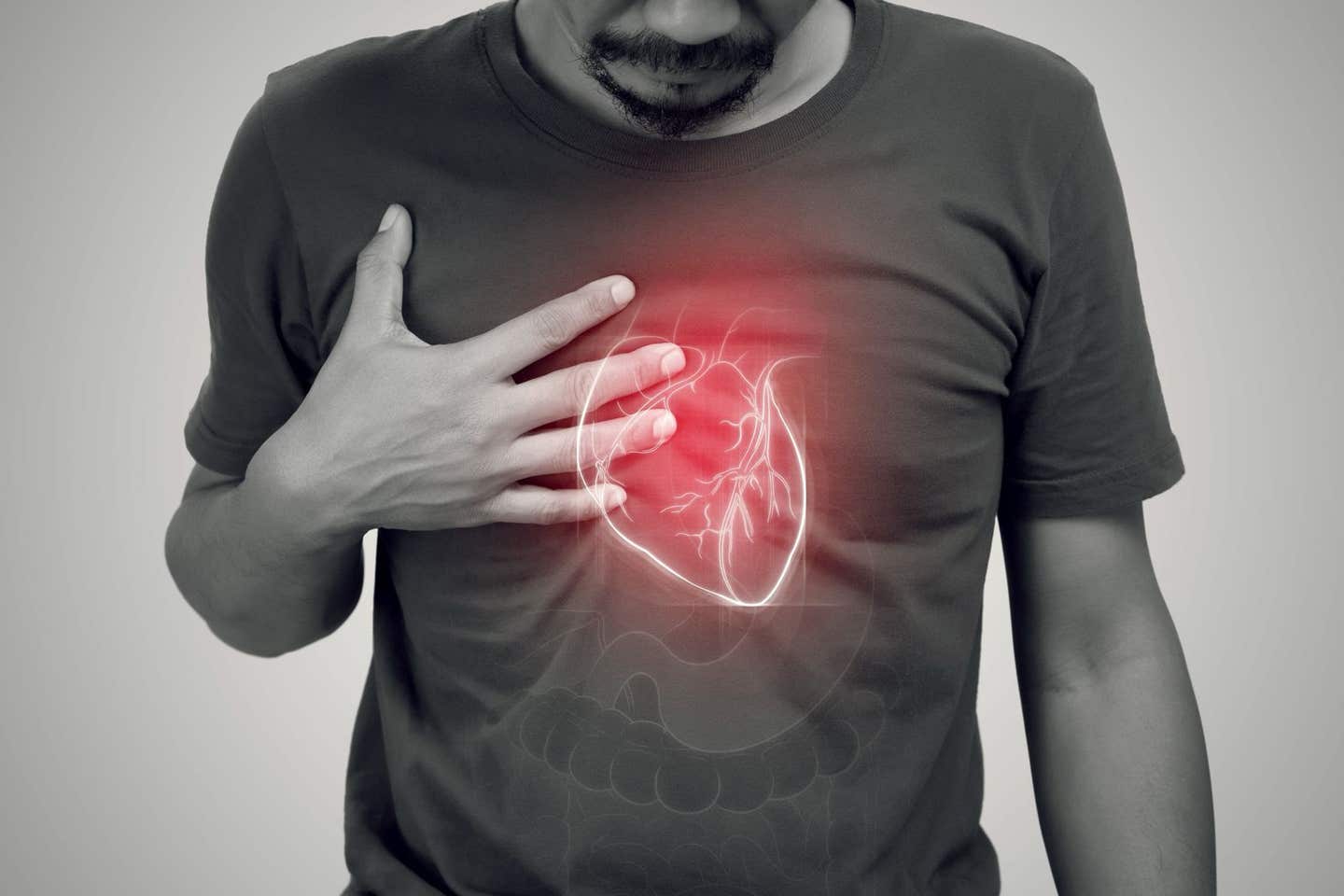Breakthrough 3D printing technology could revolutionize brain injury repair
Technique developed by University of Oxford researchers could one day provide tailored repairs for those who suffer brain injuries.

[Oct. 10, 2023: Staff Writer, The Brighter Side of News]
A breakthrough technique developed by University of Oxford researchers could one day provide tailored repairs for those who suffer brain injuries. (CREDIT: Creative Commons)
In an era marked by unprecedented medical discoveries, the University of Oxford has taken another monumental leap in the quest to treat brain injuries. As the global incidence of traumatic brain injuries (TBI) soars to an alarming rate, with an estimated 70 million people affected and 5 million of these being severe or fatal, the clamour for effective treatments becomes ever more pressing.
To this end, the innovative use of 3D printing technologies by Oxford researchers might just herald the dawn of a new epoch in brain repair.
The Looming Global Crisis of Brain Injuries
Brain injuries, ranging from trauma, stroke to surgeries for tumours, are notorious for the extensive damage they inflict on the cerebral cortex. This outer layer of the human brain, when compromised, results in a range of debilitating conditions impacting cognition, movement, and communication.
Generation of layer-specific neural cells. Schematic showing the differentiation timeline of hiPSCs to DNs and UNs, via the corresponding progenitors: DNPs and UNPs. Abbreviations: Day in vitro (DIV); Neural Induction Medium (NIM); Neural Maintenance Medium (NMM), Neural Terminal Medium (NTM); Growth Factors (GFs). (CREDIT: Nature Communications)
Despite the burgeoning numbers, the medical world has yet to pinpoint an effective treatment for severe brain injuries, thus magnifying the repercussions on patients' quality of life.
Regenerative Therapies: A Beacon of Hope
In recent years, the spotlight has increasingly shifted to tissue regenerative therapies, particularly the ones where patients receive implants developed from their own stem cells. Such therapies hold significant promise as the definitive solution to brain injuries.
Yet, the main challenge has been ensuring that these stem cells aptly mimic the intricate architecture of the brain. Oxford's research provides a glimmer of hope in this domain.
Utilizing human induced pluripotent stem cells (hiPSCs) - which bear the potential to create various cell types present in most human tissues - the researchers embarked on an ambitious project. They differentiated these hiPSCs into neural progenitor cells for two distinct layers of the cerebral cortex. Achieving this feat required the precise use of growth factors and chemicals. Following this, the cells were suspended to create two 'bioinks', which, when 3D printed, yielded a two-layered structure.
Related Stories:
But what truly set this apart was the aftermath: when placed in culture, these printed tissues maintained their tiered cellular structure for weeks. This consistency was further underscored by the exhibition of layer-specific biomarkers.
However, the true test lay in the assimilation of these printed tissues when implanted into mouse brain slices. The results were astonishing. Not only did they seamlessly integrate structurally, but they also demonstrated functional integration, evident from the signalling activity that mirrored that of the host cells.
Future Endeavours and Implications
With this foundational success, the researchers are now poised to further finesse the droplet printing methodology. Their goal is to craft more intricate multi-layered cerebral cortex tissues that emulate the human brain’s structure even more closely. The implications of this study are vast. Beyond the obvious potential in brain injury repair, these engineered tissues could revolutionize drug evaluation, deepen our comprehension of brain development, and offer insights into the very essence of cognition.
Droplet-based 3D bioprinting. Bright-field images of a single droplet in oil (left) and a pair of droplets connected through a DIB (right). The droplets contain solidified ECM. (CREDIT: Nature Communications)
Reflecting on this groundbreaking technique, Dr Linna Zhou from the Department of Chemistry, University of Oxford, remarked, ‘Our droplet printing technique provides a means to engineer living 3D tissues with desired architectures, which brings us closer to the creation of personalized implantation treatments for brain injury.’
Echoing her sentiments, Associate Professor Francis Szele noted, ‘The use of living brain slices creates a powerful platform for interrogating the utility of 3D printing in brain repair. It is a natural bridge between studying 3D printed cortical column development in vitro and their integration into brains in animal models of injury.’
Droplets containing human iPSC-derived neural progenitors were 3D-printed to form 2-layer cerebral cortical tissue, which was cultured before implantation into a mouse brain slice. DNPs: deep-layer neural progenitors; UNPs: upper-layer neural progenitors. (CREDIT: Yongcheng Jin, University of Oxford)
On the other hand, Professor Zoltán Molnár cautioned, ‘Human brain development is a delicate and elaborate process with a complex choreography. It would be naïve to think that we can recreate the entire cellular progression in the laboratory. Nonetheless, our 3D printing project demonstrates substantial progress in controlling the fates and arrangements of human iPSCs to form the basic functional units of the cerebral cortex.'
Highlighting the collaborative spirit underpinning this venture, Professor Hagan Bayley stated, ‘This futuristic endeavour could only have been achieved by the highly multidisciplinary interactions encouraged by Oxford's Martin School, involving both Oxford's Department of Chemistry and the Department of Physiology, Anatomy and Genetics.’
3D-printed two-layer cerebral cortical tissue visualised within a mouse brain slice. The implanted neural cells were labelled with fluorescent markers (blue and red in the image). (CREDIT: University of Oxford)
This milestone is yet another feather in the cap for researchers Linna Zhou, Luana Soares, Francis Szele, Zoltán Molnár, and Hagan Bayley, who are integral parts of the Oxford Martin Programme on 3D Printing for Brain Repair. Their dedication to leveraging 3D printing technologies to develop a cost-effective medical solution to the mounting global crisis of brain damage is commendable.
For those eager to delve deeper, their study titled ‘Integration of 3D-Printed Cerebral Cortical Tissue into an ex vivo Lesioned Brain Slice’ is available for perusal in the esteemed journal, Nature Communications. As science advances, the world watches with bated breath, hopeful that such innovations herald a future where brain injuries no longer spell doom for patients.
For more science and technology stories check out our New Discoveries section at The Brighter Side of News.
Note: Materials provided above by The Brighter Side of News. Content may be edited for style and length.
Like these kind of feel good stories? Get the Brighter Side of News' newsletter.
Joseph Shavit
Head Science News Writer | Communicating Innovation & Discovery
Based in Los Angeles, Joseph Shavit is an accomplished science journalist, head science news writer and co-founder at The Brighter Side of News, where he translates cutting-edge discoveries into compelling stories for a broad audience. With a strong background spanning science, business, product management, media leadership, and entrepreneurship, Joseph brings a unique perspective to science communication. His expertise allows him to uncover the intersection of technological advancements and market potential, shedding light on how groundbreaking research evolves into transformative products and industries.



